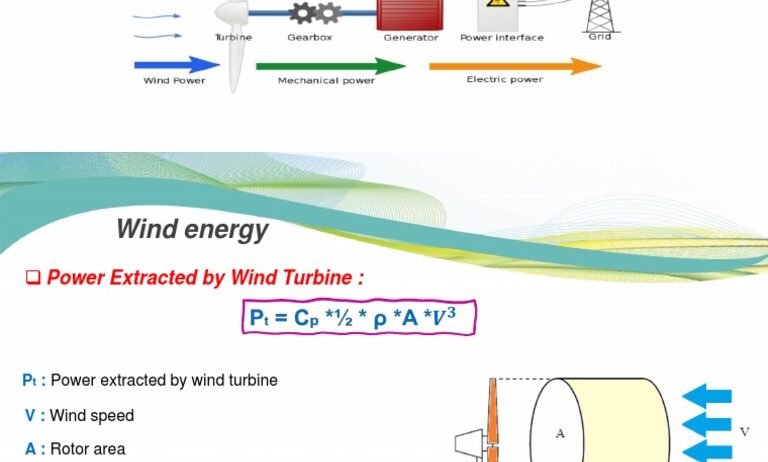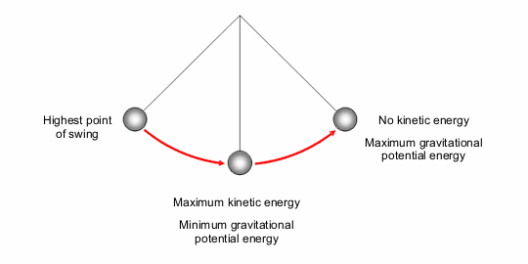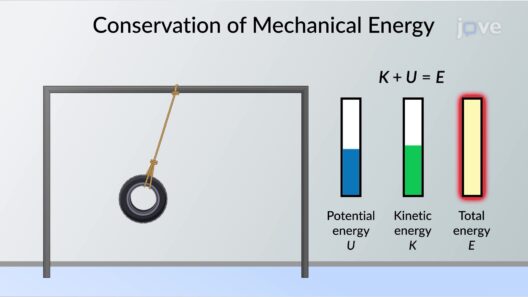The interplay between wind energy and the conservation of mass forms a cornerstone of both physics and environmental science. It is a fascinating observation that, as we harness the kinetic energy of wind, we engage in a delicate dance with one of nature’s fundamental laws. The principle of conservation of mass asserts that mass cannot be created or destroyed in an isolated system. This principle finds itself intricately woven into the fabric of understanding renewable energy sources, particularly wind energy.
Wind, by its very nature, is a manifestation of moving air caused by the uneven heating of the Earth’s surface by the sun, combined with factors like the Earth’s rotation. When we capture wind energy using turbines, we are not creating new matter; rather, we are converting kinetic energy from the moving air into electrical energy. This transformation adheres strictly to the laws of thermodynamics, where energy is neither created nor annihilated, but simply transmuted into different forms.
To grasp the relationship between wind energy and the conservation of mass, we must first consider the composition of the atmosphere. The air we rely on for wind energy is a mixture of gases, primarily nitrogen (about 78%), oxygen (roughly 21%), and trace amounts of others, such as carbon dioxide and argon. This atmospheric mix demonstrates that the mass of the air, albeit invisible, plays a crucial role in the energy extraction process. When turbines turn, their blades alter the momentum of the air molecules; this conversion effectively extracts energy without altering the air’s mass in a way that would violate the conservation principle.
The mechanics of wind energy generation further illustrate this relationship. As wind passes through a turbine, it interacts with the blades. The blades are designed to create lift, akin to how airplane wings function. As the blades rotate, they manage not only to harness energy but also to change the velocity of the airflow. This change in velocity results in a drop in pressure behind the turbine, creating a drag effect that contributes to the overall energy conversion process.
The mass of the air that flows through the turbine remains constant throughout this interaction. Thus, while energy is extracted from the wind, the total mass of the air does not diminish in the vicinity of the turbine. What occurs instead is a redistribution of energy. This highlights an overarching principle in the feasibility of wind energy: any alteration to the system—air slowing down as it spins the turbine—must maintain the total mass of the parcel of air that interacts with the turbine. The energy harnessed is derived from the kinetic energy of the moving air, upholding the conservation of mass. Although energy is transformed, the air’s mass remains intact.
Moreover, considering the atmospheric dynamics involved in wind creation, it is essential to reflect on the catalysts of wind—temperature variations, high-pressure systems, and geographic features. These factors influence air movement, demonstrating that energy in the atmosphere is constantly in flux while its mass is conserved. The intricate dance of meteorological phenomena creates a replenishing cycle of wind, thus perpetuating the availability of wind energy generation without depleting the air that sustains it.
As we delve deeper, it becomes evident that conservation extends beyond physical mass; it encompasses the conserved energy within ecosystems as well. Wind energy contributes to creating a more sustainable energy model, aligning with principles of ecological conservation. By relying on wind as a primary energy source, we reduce our dependence on fossil fuels, which are finite and play a significant role in greenhouse gas emissions. The transition towards renewable resources like wind energy represents a commitment to preserving both mass and quality of the environment.
A pertinent observation arises: the public fascination with wind energy often stems from the visible evidence of technological advances in turbine design and deployment. Sleek, towering turbines dot landscapes, standing as symbols of progress toward a sustainable future. They articulate a commitment to harnessing natural resources while upholding the principles of physical laws governing our universe. This modern marvel captivates the imagination by showcasing how human innovation can coexist harmoniously with natural processes. Each spinning blade whispers the story of energy transformed, adhering to those fundamental conservation principles.
Wind energy’s relationship with the conservation of mass forms an essential intersection between physics and practical applications of environmental stewardship. The vigor of the wind—the very air we breathe—is kinetic energy waiting to be harnessed without depleting the surrounding ecosystem. Each revolution of the turbine’s blades is a testament to our understanding of, and respect for, the laws of nature, illustrating how we can glean power from the environment while maintaining its integrity.
In conclusion, as civilization grapples with the pressing challenges of climate change and environmental degradation, wind energy emerges not only as a viable solution but also as a compelling narrative of balance. Through the lens of conservation of mass, we appreciate how our species can innovate in energy production without transgressing fundamental physical laws. It invites us to continuously reflect on our role within this ecosystem; we are not conquerors of nature, but stewards, transforming energy while nurturing its everlasting essence.








